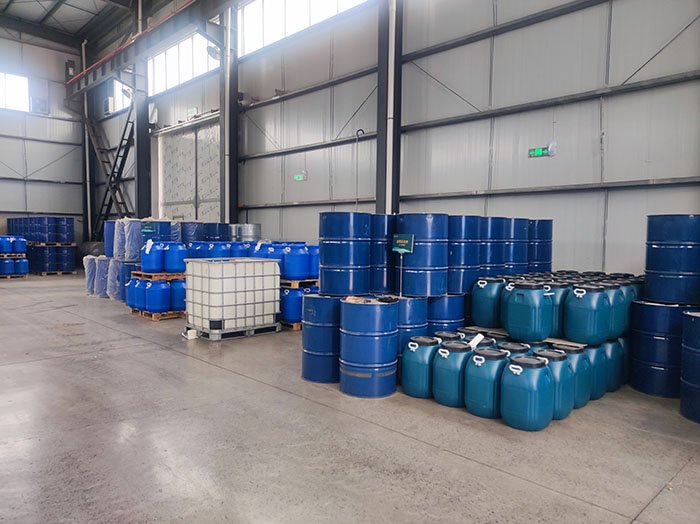There are various types of asphalt additives commonly used in highway maintenance, mainly used to improve the performance of asphalt mixtures, extend the service life of road surfaces, or adapt to special environmental requirements. The following are common classifications and specific additives:
1. Polymer modifier
SBS (styrene butadiene styrene): the most commonly used, significantly improving the elasticity, rutting resistance, and crack resistance of asphalt.
SBR (styrene butadiene rubber): enhances low-temperature crack resistance and adhesion.
EVA (ethylene vinyl acetate): improves high-temperature stability and flexibility.
PE (polyethylene): increases hardness, but may reduce low-temperature performance.
2. Anti aging agent
Antioxidants (such as amines and phenolic compounds): delay asphalt oxidation and reduce aging brittleness.
UV absorbers (such as carbon black and zinc salts): shield against UV radiation and slow down aging.
3. Anti rutting agent
High modulus agents (such as polyolefins and fibers): enhance high-temperature stability and reduce rutting.
Natural asphalt (such as Trinidad Lake Asphalt TLA): enhances hardness and high temperature resistance.
4. Warm Mix Additive (WMA)
Organic additives (such as Sasobit, wax): reduce the temperature of asphalt mixing and paving (about 20-30 ℃), energy-saving and environmentally friendly.
Chemical additives (such as Evotherm): reduce viscosity through emulsification.
5. Regeneration agent
Light oil components (such as aromatic oil): Supplement the light components lost in aged asphalt and restore its flexibility.
Regenerative compatibilizer: promotes the fusion of old and new asphalt, used for recycled asphalt pavement (RAP).
6. Anti stripping agent
Amines, lime, or cement: improve the adhesion between asphalt and aggregates to prevent water damage.
Silane coupling agent: enhances interfacial adhesion.
7. Fiber additives
Lignin fiber: absorbs asphalt, reduces leakage, and enhances durability.
Polyester/mineral fiber: enhances crack resistance and fatigue resistance.
8. Other functional additives
Rubber powder (such as waste tire rubber powder CRM): improves elasticity and noise reduction, used for rubber asphalt.
Nanomaterials (such as nanoclay, silica): enhance mechanical properties and durability (still in the promotion stage).
De icing additives (such as potassium acetate): slowly release ingredients to reduce road icing.
9. Application scenario suggestions
High temperature areas: SBS and anti rutting agents are preferred.
Low temperature areas: SBR or warm mix agents improve crack resistance.
Rainy environment: Anti stripping agent+fiber waterproofing for erosion.
High environmental requirements: Warm mixing technology+regenerant.
Different additives can be used in combination, but compatibility needs to be verified through experiments. The actual selection needs to be comprehensively evaluated based on the project budget, climate conditions, and performance requirements.


